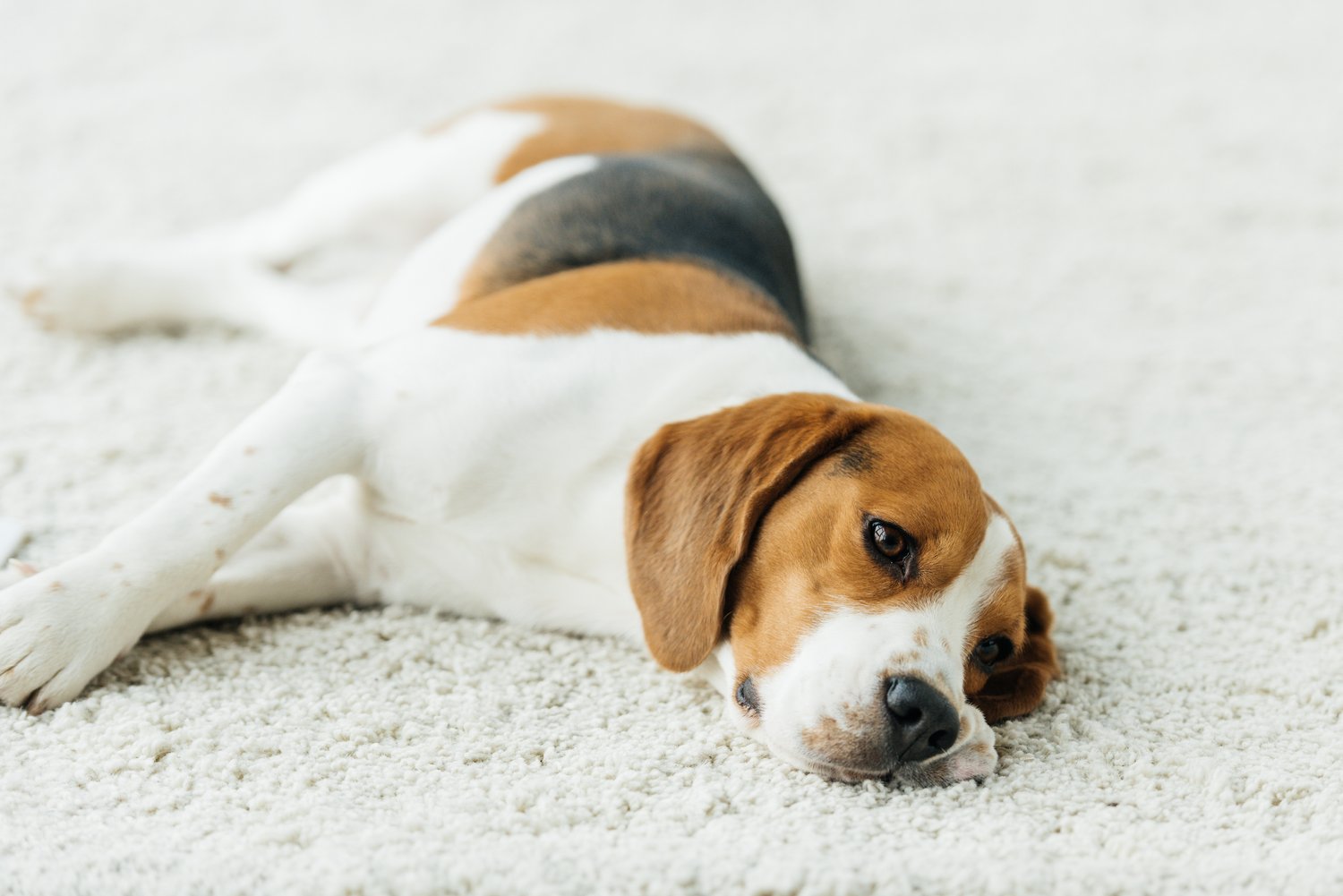Maintaining a clean home with pets requires special consideration for their health and safety. Many conventional cleaning products contain chemicals that can harm your furry family members through direct contact, inhalation, or ingestion. This article explores the potentially harmful ingredients found in common household cleaners, identifies safer alternatives, and recommends pet safe cleaning products that effectively clean your home without endangering your pets. Understanding which products to avoid and which to embrace will help you create a clean, fresh, and safe environment for all members of your household – including those with paws.
Why Standard Cleaning Products Can Harm Pets
Traditional cleaning products often contain harsh chemicals designed to eliminate dirt, grime, and bacteria. While effective for cleaning purposes, these substances can pose serious health risks to pets. Dogs and cats have more sensitive respiratory systems than humans, making them particularly vulnerable to airborne chemicals. Additionally, pets frequently come into contact with cleaned surfaces – walking across freshly mopped floors, licking their paws after traversing cleaned areas, or rubbing against wiped countertops.
Common harmful ingredients include ammonia, which can cause respiratory irritation; chlorine bleach, which can lead to serious respiratory distress; phenols, found in many disinfectants and harmful to cats’ livers; and phthalates, often present in fragranced products and linked to hormonal disruptions. Glycol ethers, common in all-purpose cleaners, can cause serious issues including liver and kidney damage if ingested. Even products labeled “natural” may contain essential oils like tea tree, citrus, or pine that can be toxic to pets, especially cats.
Identifying Pet-Friendly Cleaning Alternatives
Selecting non toxic cleaners pets can tolerate starts with carefully reading product labels. Truly pet-safe products will typically advertise this feature prominently, though it’s still important to verify the ingredients. Look for cleaners labeled as biodegradable, plant-based, and free from phosphates, chlorine, artificial fragrances, and the harmful chemicals mentioned earlier.
Several established brands specialize in pet-friendly cleaning solutions. Companies like Seventh Generation, Method, Mrs. Meyer’s, and Biokleen offer product lines developed with pet safety in mind. These companies prioritize transparent ingredient lists and avoid known pet toxins. As AskHomey often points out to homeowners with pets, investing in specialized pet-safe products might cost slightly more initially but can prevent expensive veterinary bills and priceless peace of mind in the long run.
DIY Pet-Safe Cleaning Solutions
Creating your own cleaning products ensures you know exactly what ingredients contact your pets. White vinegar diluted with water (typically in a 1:1 ratio) works as an excellent all-purpose cleaner for most surfaces. While vinegar has a strong initial smell, it dissipates quickly and leaves no harmful residue. Baking soda serves as an effective gentle abrasive for scrubbing surfaces and eliminating odors.
For a safe floor cleaner dogs can walk on immediately, mix one part white vinegar with two parts warm water. Add a few drops of mild dish soap for additional cleaning power against grease. This solution works well on sealed hardwood, tile, vinyl, and laminate flooring. Just be cautious with natural stone floors as vinegar can damage these surfaces.
Specific Areas of Concern in Pet Households
Pet owners should pay special attention to certain cleaning tasks. For laundering pet bedding, use fragrance-free, dye-free detergents formulated for sensitive skin. Run an extra rinse cycle to ensure all detergent residue is removed. When cleaning pet toys, avoid harsh chemicals altogether – warm water with a small amount of pet-safe dish soap works perfectly, followed by thorough rinsing.
Carpet cleaning presents particular challenges in pet homes. Many commercial carpet cleaners contain strong chemicals that linger in carpet fibers, which pets later contact during play or rest. For spot-cleaning, a mixture of equal parts water and white vinegar with a small amount of pet-safe dish soap can handle most stains. For deeper cleaning, seek carpet cleaning services or rent machines that allow you to use your own pet-safe cleaning solutions.
Transitioning to a Pet-Safe Cleaning Routine
Switching to pet safe cleaning products doesn’t require replacing everything at once. Begin by identifying the most frequently used products in areas your pets access regularly. Prioritize replacing floor cleaners, all-purpose sprays, and laundry detergents used on pet bedding. Store all cleaning products – even pet-safe ones – in secured cabinets that curious pets cannot access.
When introducing new cleaning products, observe your pets for any adverse reactions. Even products marketed as pet-friendly might not suit every animal. Watch for excessive scratching, respiratory issues, or changes in behavior after using new cleaners. If you notice concerning symptoms, discontinue use immediately and consult your veterinarian.
Creating a Comprehensive Pet-Safe Home
Beyond selecting appropriate cleaning products, maintaining a pet-safe home involves regular cleaning routines that minimize the need for harsh chemicals. Frequent vacuuming reduces pet hair and dander, lessening the need for deep cleaning. Wiping paws after outdoor adventures prevents tracking in outdoor contaminants that might later require stronger cleaning solutions. Investing in washable pet bedding, toys, and even furniture covers can simplify cleaning with pet-safe products.
Remember that a truly clean home for pets balances eliminating harmful bacteria and dirt with avoiding toxic chemical residues. Finding this balance ensures both cleanliness and safety for all household members, creating an environment where both humans and animals can thrive.
For more tips and to connect with reliable home service professionals, follow AskHomey on Facebook and Instagram.



